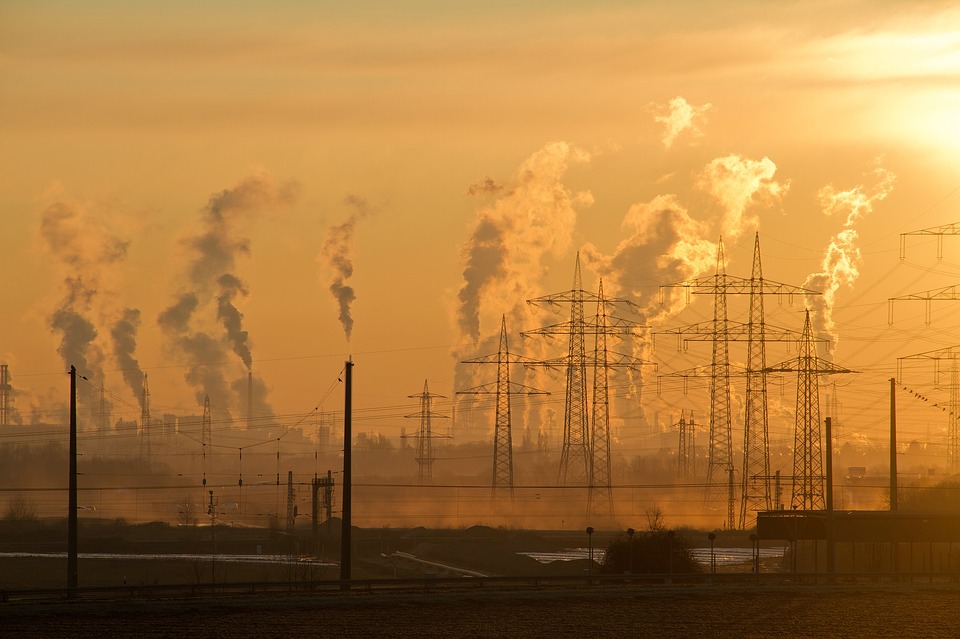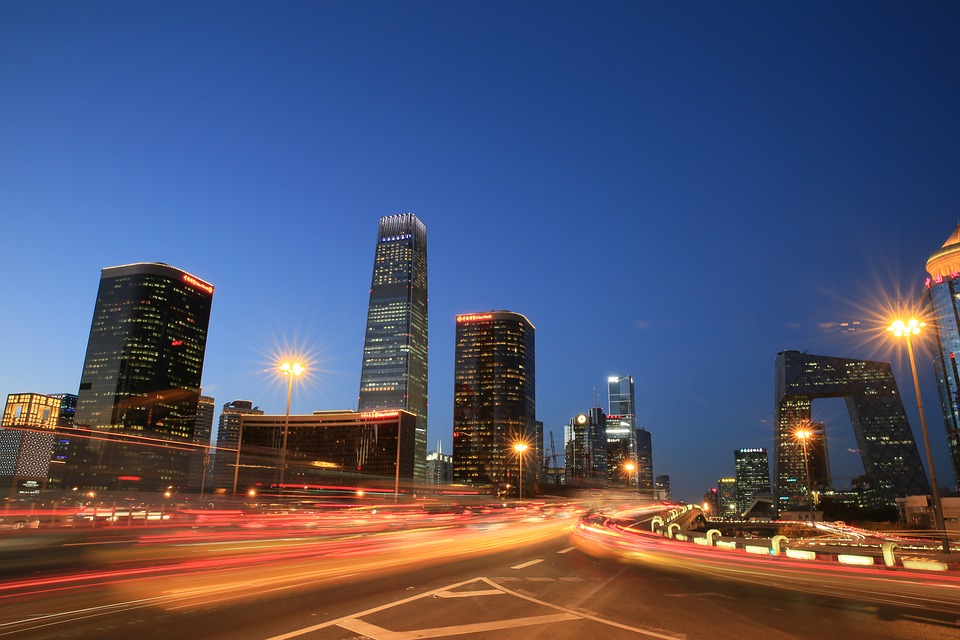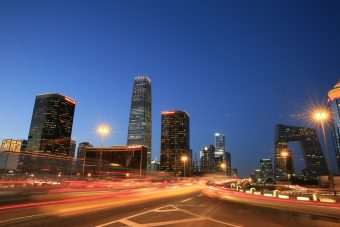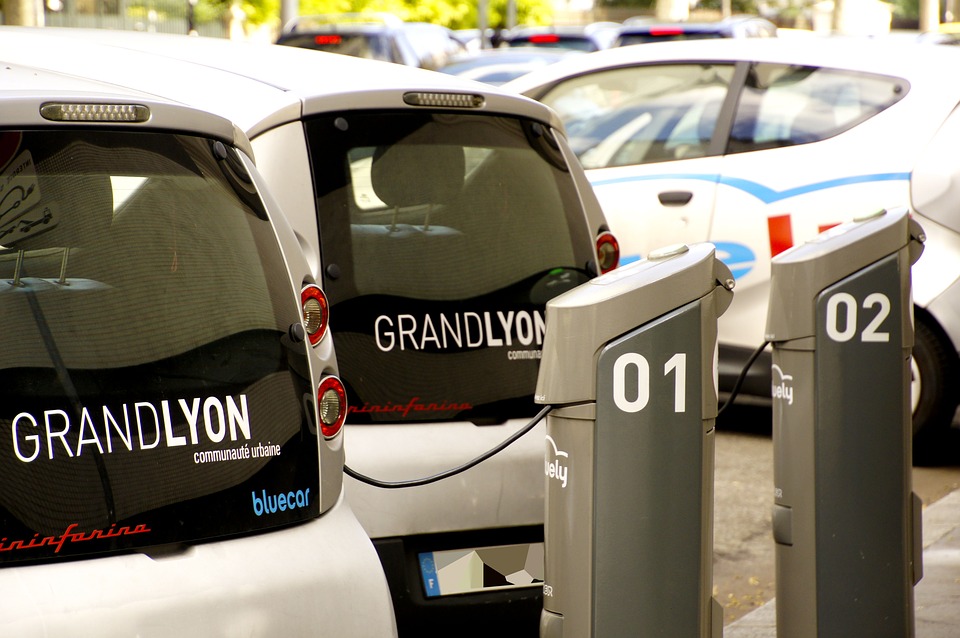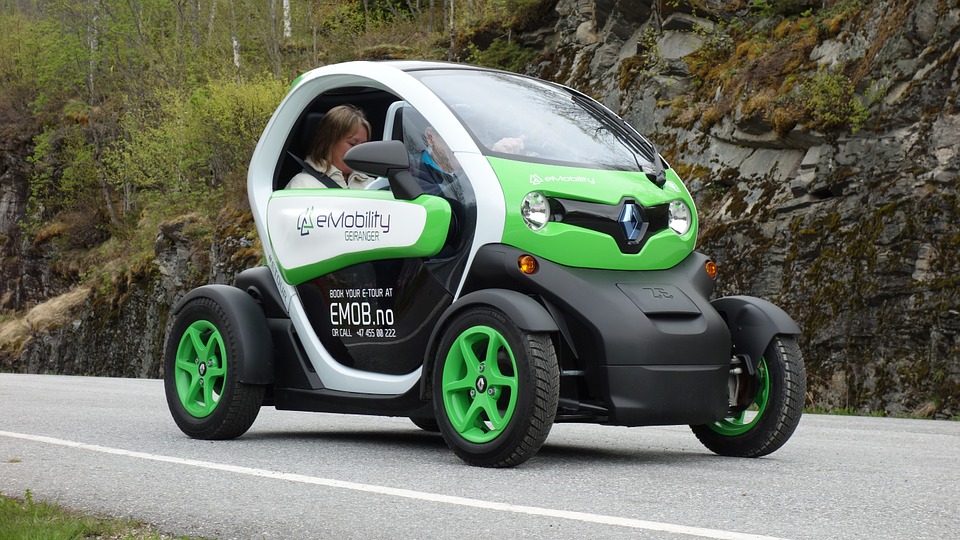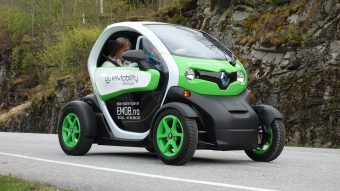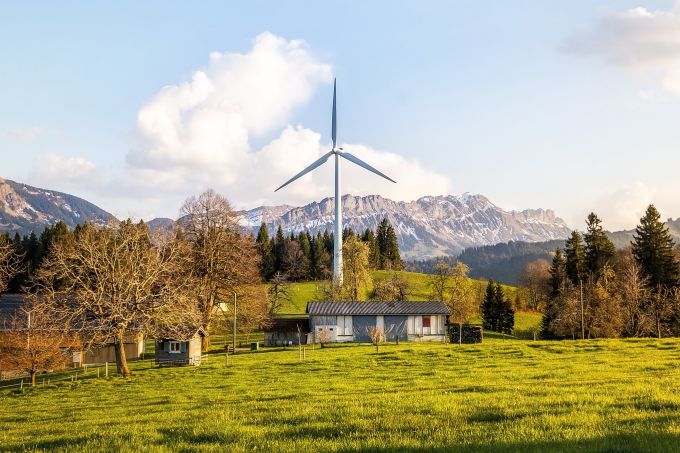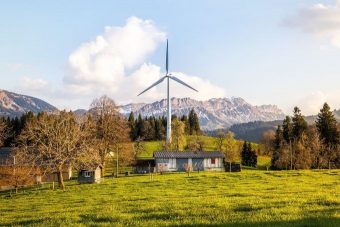New targets will set Scotland on course to become one of the first countries in the world to achieve a 100% reduction in carbon emissions, the Scottish government has claimed, although it has stopped short of committing to becoming carbon-neutral by 2050.
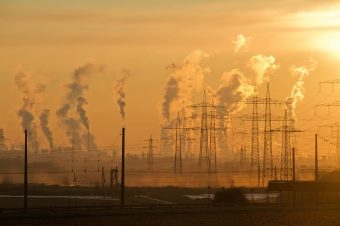
The draft climate change bill, published on Thursday morning, sets a target of a 90% reduction by 2050 – which the UK Committee on Climate Change states is currently “at the limit of feasibility” – with the aim of achieving 100% reduction, or “net-zero”, as soon as possible.
Announcing the targets, Holyrood’s climate change secretary, Roseanna Cunningham, said: “Our 90% target will be tougher even than the 100% goal set by a handful of other countries, because our legislation will set more demanding, legally binding, annual targets covering every sector of our economy. By 2030, we will cut emissions by two-thirds and, unlike other nations, we will not use carbon offsetting, where other countries are paid to cut emissions for us, to achieve our goal.”
But Tom Ballantine, chair of Stop Climate Chaos Scotland, described the targets as hugely disappointing. “By failing to ally with the global momentum towards zero emissions, led by countries like France, Sweden and New Zealand, Scotland is missing a huge opportunity to end its contribution to climate change in a generation, attract clean investment and retain its position as a leader on the global stage,” he said.
Ballantine called on MSPs from all parties to push for net-zero by 2050 at the latest, to keep Scotland in line with the 2016 Paris agreement.
Earlier this month, transport minister Humza Yousaf admitted that the Scottish government did not have to the powers to ban the sale of diesel cars, despite pledging to phase them out across the country by 2032, eight years ahead of the UK government’s target.
On Tuesday, following a two-hour debate at their annual general assembly, the Church of Scotland voted by a narrow margin against divestment from oil and gas companies.
Source: Guardian


